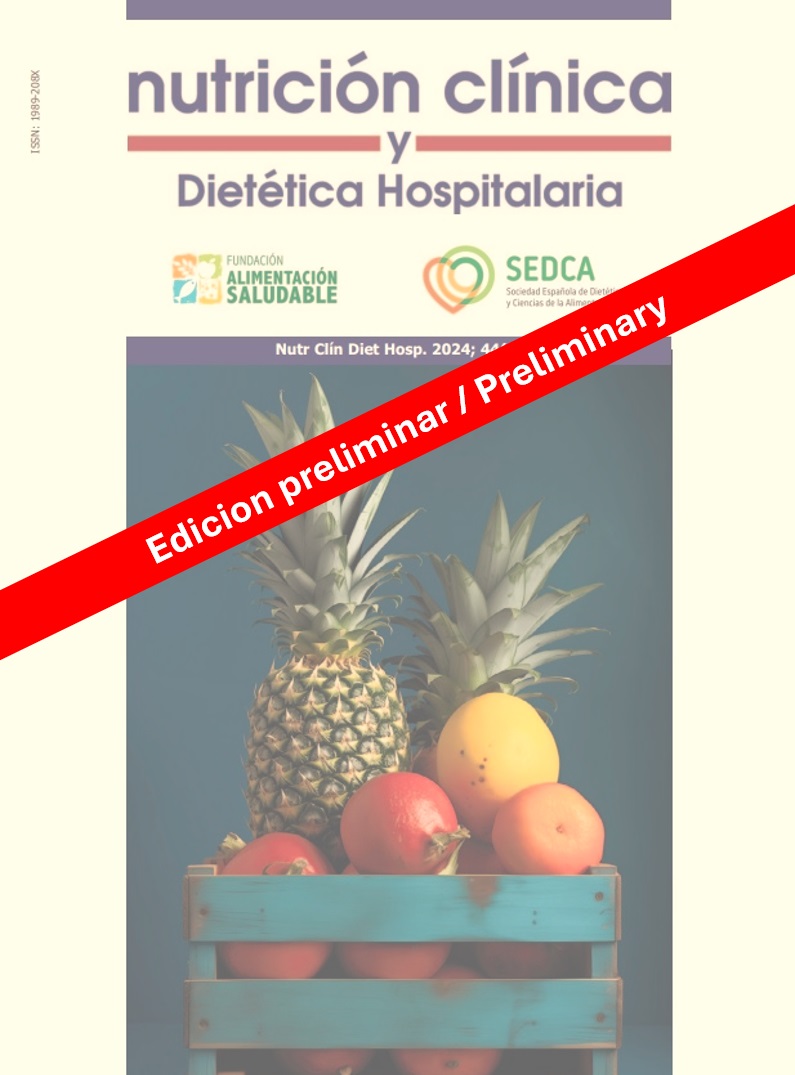Household food insecurity and nutritional status of toddler in Central Lombok.
DOI:
https://doi.org/10.12873/444juntraPalavras-chave:
Food Security, Nutritional Status, ToddlersResumo
Background: Food insecurity can cause nutritional problems, especially in toddlerhood, where at this time nutritious intake is needed because at this time children experience growth that can have an impact on their adulthood. Food insecurity can stem from income poverty which negatively impacts overall household consumption levels. Therefore, the condition of food insecurity causes malnutrition so the purpose of this study is to assess household food insecurity and nutritional status of toddlers in central Lombok, West Nusa Tenggara.
Methods: The design of this research was a cross-sectional study; data collection was carried out in Central Lombok Regency, West Nusa Tenggara Province, Indonesia. This research involved two groups of subjects: toddlers and father or mother caregiver. The total number of subjects was 391 toddler include the household . Subjects were taken at each community health center using a simple random method without replacement. All primary data was collected through an interview process using a structured questionnaire and direct measurements. The analysis process for all types of data was carried out with the help of the SPSS for Windows program with the Pearson correlation test and One Way Anova test.
Results: This study presents that as many as 60.1% of households in Central Lombok experience food insecurity at mild, moderate and severe levels. Which can be caused by due to low monthly household income and social assistance. Although the results of the analysis showed that no significant relationship was found (p>0,05) between the household food insecurity score and the anthropometric of the nutritional status of the toddlers almost half of the undernourished toddlers were included in the food-insecure.
Conclusions:. High rate of food insecurity that occurs then, for increased access to food especially during period of rapid development and growth to overcome malnutrition so that can prevent bad impact in the future.
Referências
Trenchant JP et al. The Impact of Food Assistance on Food Insecure Populations During Conflict: Evidence From A Quasi Eksperiment in Mali, Word Development. Published online 2019:224-233. doi:10.1016/j.worddev.2018.01.027
Lusiana SA. Konsep Ketahanan Pangan. In: ; 2022.
Devi LY, Andari Y, Wihastuti L, Haribowo RK. Socio-Ekonomic Model And Household’s Food Security In In Indonesia. J Ekon Pembang. 2020;28(2)
FAO. Food Security and Nutrition in the Shouter and Eastern Rim of the Mediterranean Basin. Published online 2013.
N I, BM S. The Use of Expenditure Share As a Composite Identifier of Food Security. SOCA J Sos Ekon Pertan. Published online 2007:1-22.
RI MK. Peraturan Menteri Kesehatan Republik Indonesia Nomor 2 Tahun 2020 Tentang Standar Antropometri Anak. Published online 2020.
HA R. Measuring Food Insecurity Experience Scale (FIES) In Indonesia. United Nations Stat Div. Published online 2018:1-18.
Novriawati E, Nasrudin RA. Migrant Worker and Household Food Insecurity in Indonesia. Published online 2023.
Benefica RMS. Effects of Household Income Composition on Food Consumption in Rural Malawi. Int Food policy Res Inst. 2023;23(8). doi:doi.org/10.18697/ajfandl.123.23745
Sufyan DL, Syah MNH, Nurbaya. Prevalence and Factors Associated to Household Food Insecurity During Covid-19 Outbreak. Ilmu Kesehat Masy. Published online 2021:143-153. doi:https://doi.org/10.26553/jikm.2021.12.2.143-153
Moodi M, Mohtashaminia S, Salehiniya H, Amininasab Z, Zonani MA. Prevalence of Household Food Insecurity In the Manginal Area of Bijand, Iran. Published online 2023. doi:https://doi.org/10.3389/fsufs.2023.951698
Giacoman C et al. Household Food Insecurity Before and During the COVID-19 Pandemic in Chile. Public Health. Published online 2021.
Orjiakor EC et al. Household Living Condition and Food Insecurity in Nigeria: a Longitudinal Study During COVID-19 Pandemic. Published online 2023.
Nnyepi MS et al. Association Between Household Food Insecurity (Access) Scores, Poverty Indicators and Child Malnutrition in Botswana. Published online 2023.
Prasetyaningtyas D, Nindya TS. The Relationship Between Food Availability and Food Diversity in Farm Worker Households. Media Gizi Indones. 2017;12(2):149-155.
Roy D. et al. Household Food Insecurity and Dietary Diversity of Women of Reproductive Age Among Smallholder Farming Households in Northwest Bangladesh. Published online 2022.
Antwi J, Quaidoo E, Ohemeng A, Banneman B. Household Food Insecurity is Associated with Child’s Dietary Diversity Score Among Primary School Children in Two Districts in Ghana. Published online 2022. doi:10.29219/fnr.v66.7715
Downloads
Publicado
Edição
Seção
Categorias
Licença
Copyright (c) 2024 Nutrición Clínica y Dietética Hospitalaria

Este trabalho está licenciado sob uma licença Creative Commons Attribution-NonCommercial-NoDerivatives 4.0 International License.
Los lectores pueden utilizar los textos publicados de acuerdo con la definición BOAI (Budapest Open Access Initiative)



